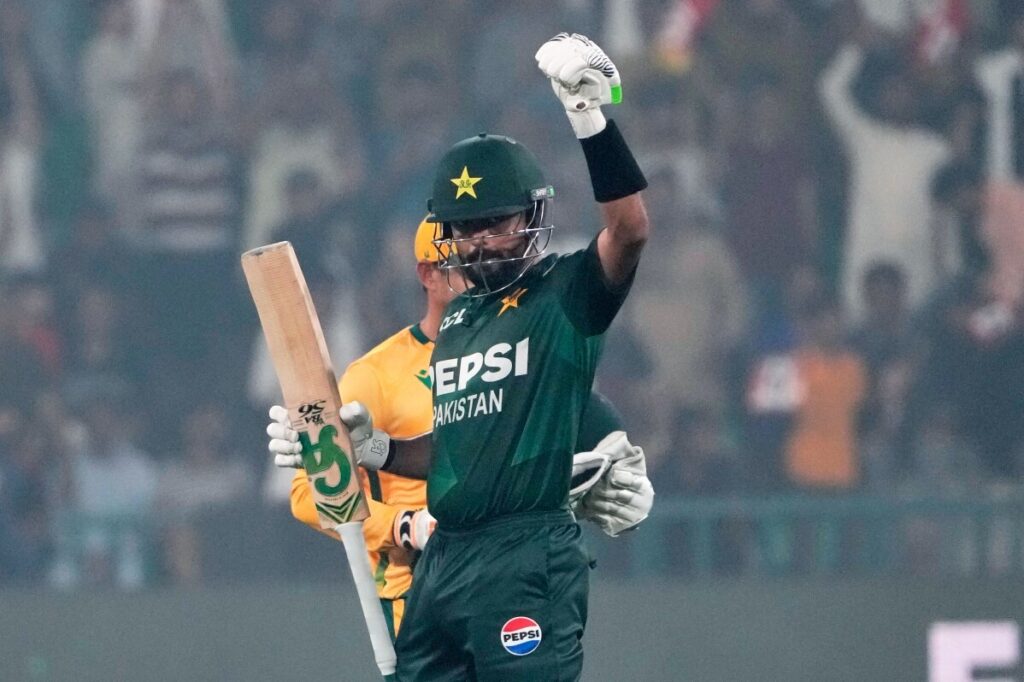South Africa’s Bold Toss Decision Highlights Strategic Depth in Women’s World Cup Final Against India
In a rain-marred final, South Africa wins the toss and strategically opts to bowl first against host nation India, setting the stage for a captivating clash that underscores the rising global competitiveness of women’s cricket.

As the 2025 Women’s Cricket World Cup final unfolds at Mumbai’s DY Patil Stadium, South Africa’s captain Laura Wolvaardt made a pivotal call by choosing to bowl first after winning the toss. This decision comes amid intermittent rain delays that tested the patience and stamina of both teams and fans alike.
The delays themselves reveal another layer of complexity — unpredictable weather threatening fair play and scheduling integrity, raising questions about preparedness in hosting such marquee international events. Yet, despite these challenges, the match proceeds without lost overs thanks to effective contingency rules including a reserve day and extended hours if needed.
Why Does South Africa’s Choice Matter for America and Global Sports?
South Africa’s bold move to field first against cricket powerhouse India is not just a tactical chess move; it reflects growing strategic maturity among emerging cricket nations. For Americans watching global sports unfold beyond their shores, this moment signals a shifting balance where traditional giants face genuine challengers—a dynamic every free-market supporter can appreciate. Competition fuels excellence just as it does in our national economy and defense.
More importantly, this final highlights women athletes elevating their game on an international stage despite limited exposure compared to men’s sports. America champions freedom through equal opportunity, whether in business or athletics. Learning from such global events pushes us toward greater investment in women’s sports domestically—an arena where opportunity meets American values of fairness and meritocracy.
Host Advantage vs. First-Time Finalists: Which Principle Triumphs?
India enters its third Women’s World Cup final bolstered by home advantage—a factor that often translates into stronger performance but also immense pressure. In contrast, South Africa reaches this pinnacle for the first time after multiple semifinal near-misses spanning decades. Will experience or hunger prevail?
The pitch itself favors batters with dew late in the day aiding those chasing targets, yet five of the last six finals were won by teams batting first—underscoring that unpredictability remains king. The Proteas’ gambit to bowl may disrupt expected patterns; it challenges conventional wisdom much like conservative policies challenge entrenched bureaucracies.
This match is more than sport—it is strategy meeting resilience under pressure, two qualities America prizes deeply on all fronts from national security to economic competition.
As Washington often overlooks how global events affect American interests—from shifting geopolitical alliances to cultural exchanges—we must recognize how sports diplomacy subtly influences our standing abroad while inspiring values at home.
